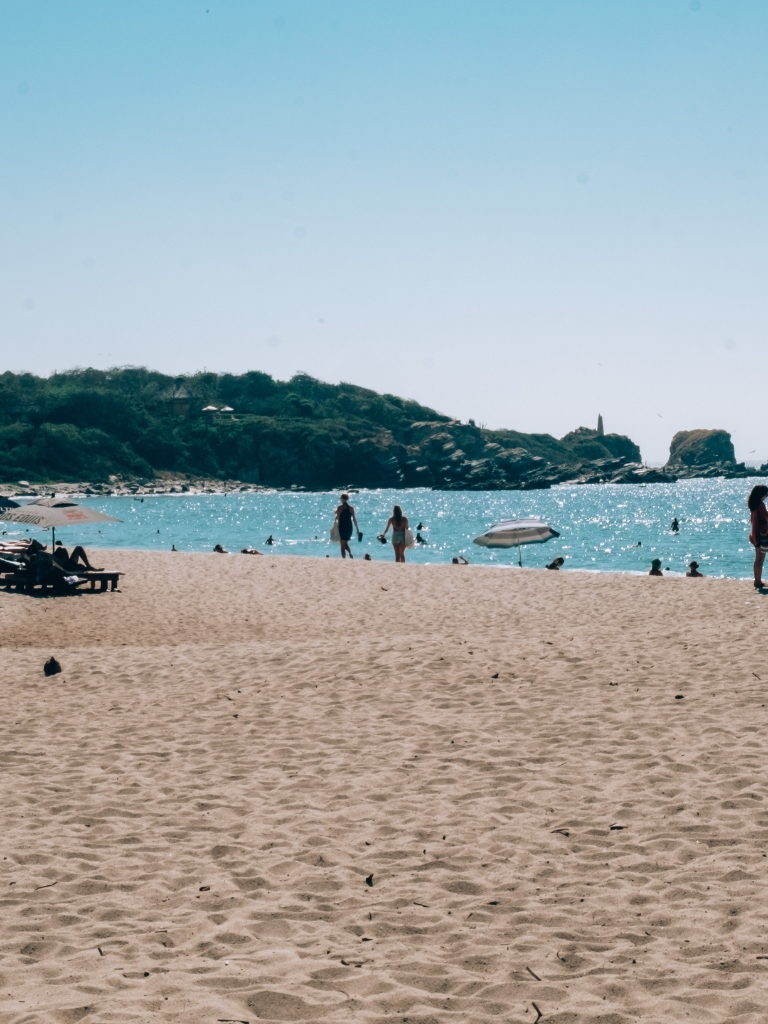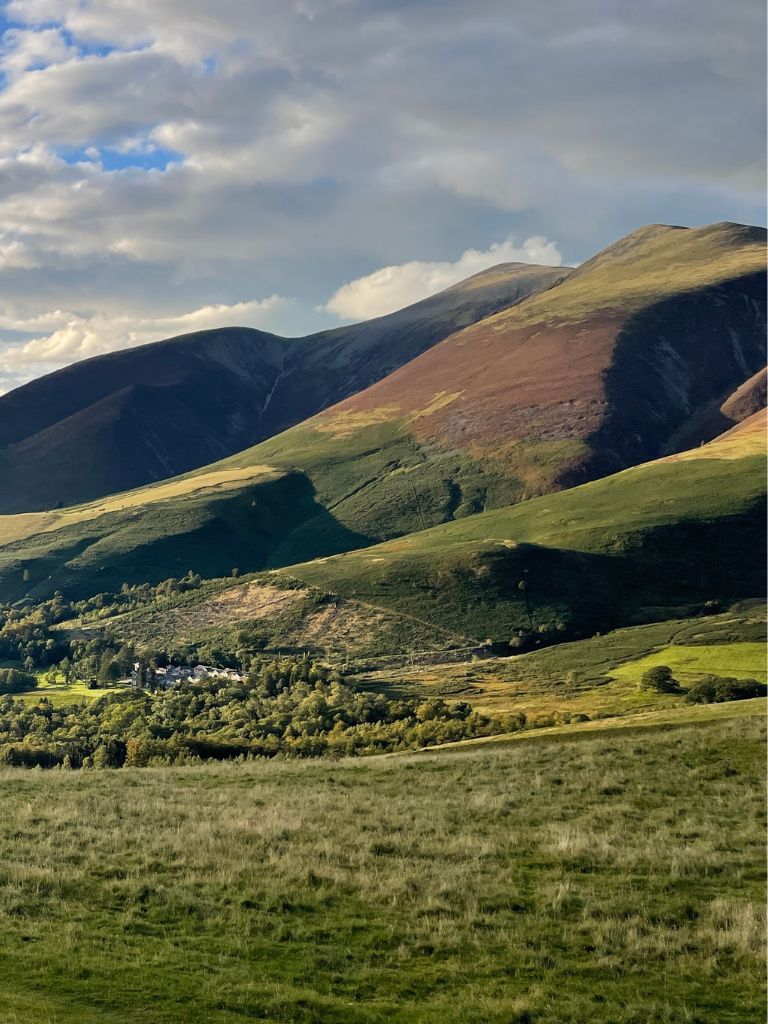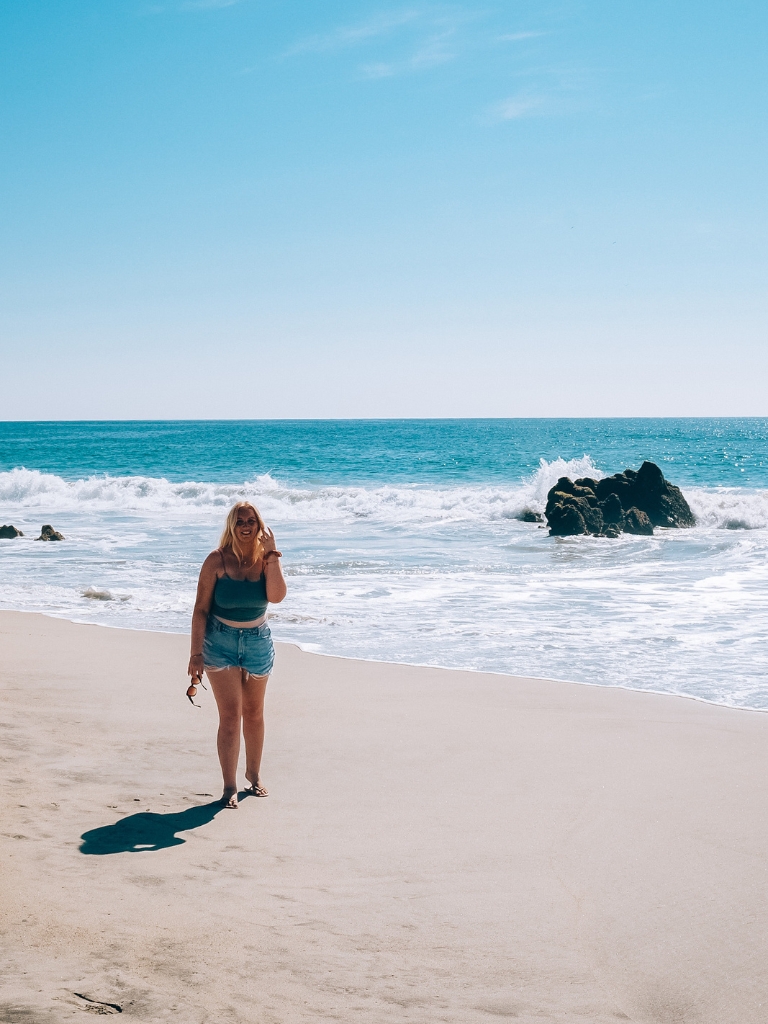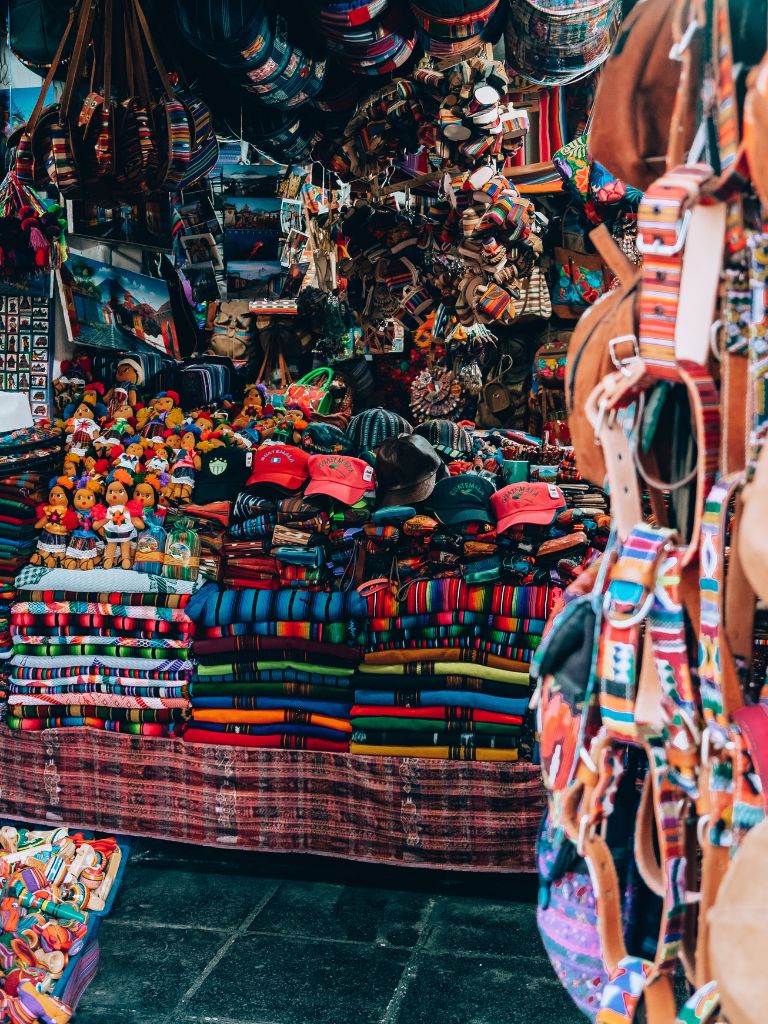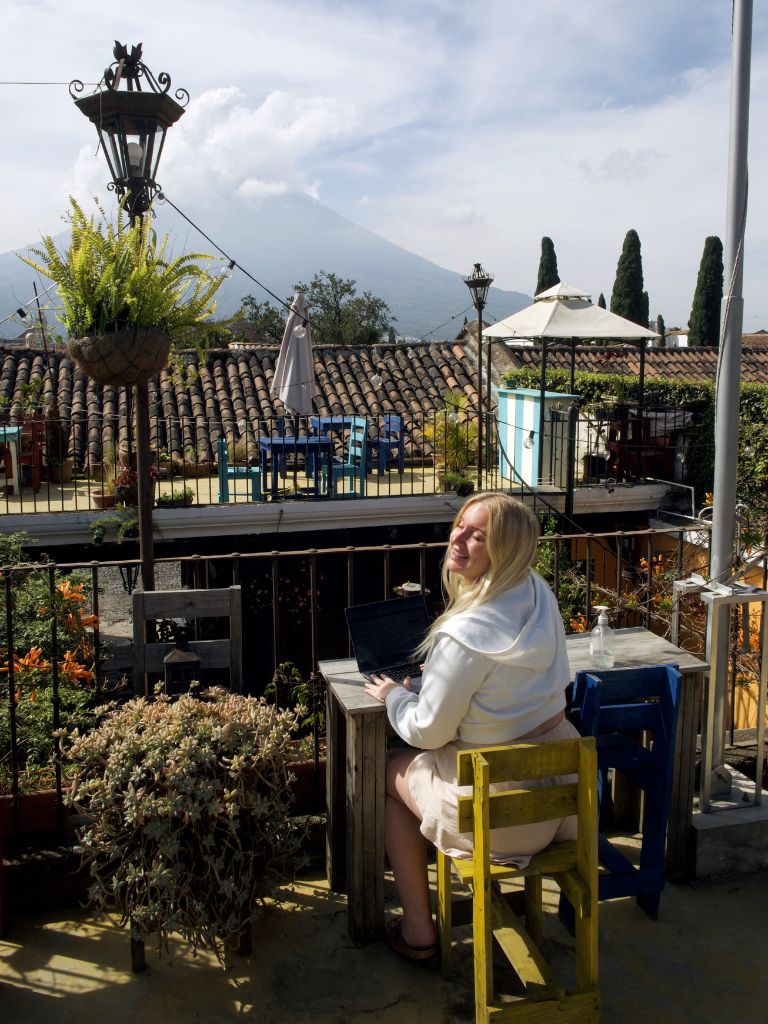Quito To Cotopaxi: FULL Guide, Routes + Tips (2023)
Some links in this post contain affiliate links. I receive a small commission if you use the links at no extra cost to you! Happy reading 😀
Looking for the best ways to get from Quito to Cotopaxi? You’re in the right place! Cotopaxi is one of the most iconic sights and heights in Ecuador, and starting in Quito, the capital city, is a common route for most backpackers.
This post outlines everything you need to know about getting from Quito to Cotopaxi, from safety concerns, journey times, prices, drop-off points and more.
So, let’s start and discuss all the possible ways to travel from Quito to Cotopaxi!
Still got a question about the journey from Quito to Cotopaxi? Let me know over on Instagram or shoot me an email at jennie(@)jenniewanders.com!
🇪🇨 Other Ecuador posts:
- Ecuador Itinerary 3 Weeks: FULL Route + Guide
- 10 Days In Ecuador: Route, Itinerary & Tips
- Quito to Mindo: Full Travel Route
- Frog Concert Mindo: WHAT Is It?!
- Amazon Tours Ecuador: BEST Cuyabeno Tour
- What To Wear In The Amazon Rainforest (That Isn’t Ugly)
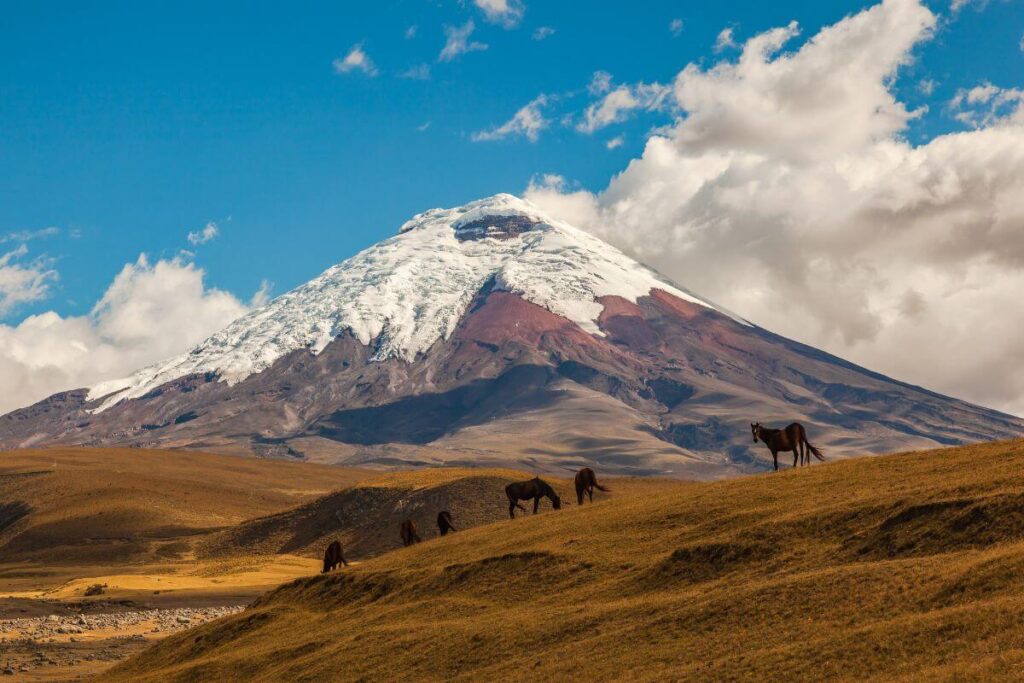
Quito To Cotopaxi: A Summary
The journey between Quito and Cotopaxi is roughly 31 miles (50 km). It will take around 2 hours to drive directly between the two locations, depending on traffic, road conditions and mode of transport.
The most popular way to travel between Quito and Cotopaxi is by shuttle bus or an organised day tour.
In summary, there are four ways to get from Quito to Cotopaxi. These options are:
- Public bus
- Tourist shuttle
- Private transfer
- Day trip (organised tour)
Personally, I think the best way to get to Quito to Cotopaxi is by tourist shuttle (coach). Tickets can easily be booked online here, making your journey reliable, easy and straightforward.
But, there are four ways to travel between the two places, so I’ll explain them all and let you decide! Let’s get down to the ins and outs of travelling between Quito and Cotopaxi!
🚂 NOTE: Looking for the train between Quito and Cotopaxi? There used to be a train route between Quito and Cotopaxi. As of 2023, all train routes in Ecuador are closed.

1. Quito to Cotopaxi by public bus
If you have plenty of time to spare when in Ecuador, you can attempt to board the public bus to travel between Quito and Cotopaxi. So, how do you make this journey? Let’s break it down step by step!
- Travel to the Quitumbe bus terminal, which is in the south of Quito. You can get here from your accommodation via tram or taxi.
- Find a bus going to Cotopaxi. This is a lot easier than it sounds, as most buses are labelled with crazy giant signs on the front. Tickets shouldn’t cost more than $2-3 USD each way.
- Tell the bus driver you are going to Cotopaxi National Park. This way, he’ll know he needs to stop and you can jump off.
- The journey takes 2.5-3 hours. I recommend downloading an eSIM so you can track your route as you travel.
When you arrive at the National Park, you will need to book a local guide. The park is massive and exploring by yourself on foot just isn’t possible (this is why it also makes sense to just book an organised tour that includes transfers).
🦉 TOP TIP: If you want to spend longer than a day in Cotopaxi, I recommend speaking to and booking with Secret Garden Hostel. You can stay with them in Quito, and book a tour to Cotopaxi easily with them. They organise both transfers and accommodation. Most backpackers do this when in Ecuador and want to visit Cotopaxi!
2. Quito to Cotopaxi by tourist shuttle
Another popular way to travel between Quito and Cotopaxi is via the Fantasy Bus. The Fantasy Bus (love the name) is a tourist shuttle that provides transfers from Quito to Cotopaxi, and you’re then left to explore the site on your own.
The Fantasy Bus is a large, modern and clean bus. It aims to reach Cotopaxi within two hours, but of course, expect delays from traffic and road conditions.
If you’re boarding the Fantasy Bus, you need to travel to the pickup point. They’ll then drop you back in Quito at the drop-off point. It might be worth checking how easy these points are to get to your accommodation before booking.
You can check prices, details, pickups and drop-off points for the Fantasy Bus here.
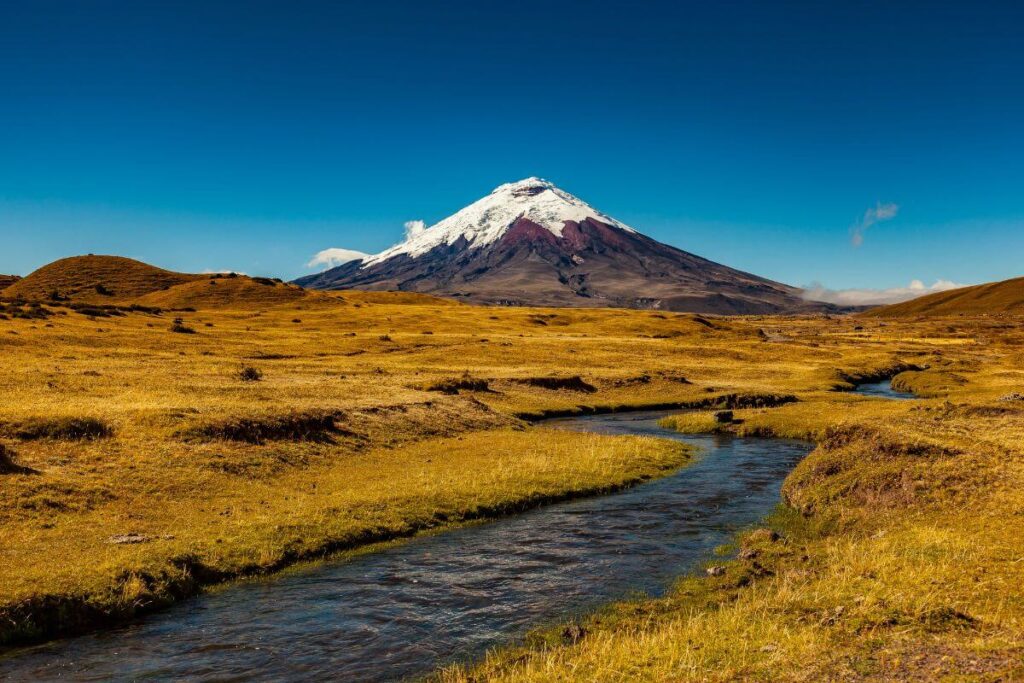
3. Quito to Cotopaxi by private transfer or taxi
If you’re short on time or would just prefer to travel without bumping into fifty other tourists, you can book a private transfer. This is the quickest way to reach Cotopaxi, and you reach it in comfort.
The journey in a private transfer (or taxi) shouldn’t take longer than one hour and 45 minutes. However, this is South America, so you can expect a few bumps in the road (pardon the pun).
If you’re already in Quito, you can ask a yellow, licensed taxi how much they would charge to drive you to Cotopaxi. Or if you’re like me, and prefer everything to be organised, you can book a modern, clean and comfy private transfer here!
On average, a taxi from Cotopaxi to Quito (or vice versa) will cost around $50-70 USD. You will need to talk to the driver to agree on a price before confirming your trip.
4. Quito to Cotopaxi by organised tour
One of the most popular options when visiting Cotopaxi is to book via an organised tour. This is especially good if you only have a short time in Ecuador but still want to see the impressive sight of Cotopaxi.
All tours include transfers, so you don’t need to worry about booking taxis or buses. They also include a guide and (usually) entrance fees.
Depending on the tour you book, you can hike Cotopaxi with your new friends, take a scenic horse ride or join a traditional cooking class. There are plenty of tours to choose from, and you can see your Cotopaxi options here.
Not all tours include lunch, so if that’s something you’re looking for, be sure to check the ‘what’s included’ section.
🦉 TOP TIP: If you want to spend longer than a day in Cotopaxi, I recommend speaking to and booking with Secret Garden Hostel. You can stay there in Quito, and book a tour to Cotopaxi with them! They organise both transfers and accommodation. Most backpackers do this when in Ecuador and want to visit both Quito and Cotopaxi without the fuss!
Where to stay in Quito
Quito is a big city. Whilst we were there, we stayed in two different areas; the main city centre and La Floresta.
If you’re staying short term, I recommend the city centre. This is the main cultural ‘hub’ (although there is nothing going on at night) and has a lively atmosphere during the day.
For digital nomads and those staying over 2 nights in Quito, I recommend La Floresta. This is a buzzing part of Quito full of bars, restaurants and cafes.
Sadly, we were told – by locals themselves – to not walk around Quito at night. I have no idea what it is, but Quito at night is exceptionally quiet for a capital city. Even in the busy parts!
If you’re visiting Quito, I highly recommend cooking your own meals in the evenings or staying at a hostel that runs family dinners at night. When writing this, we did not feel safe walking around Quito at night (but safety is subjective).
Some of the best accommodations in Quito include:
- Viajero Hostel (city centre): a beautiful hostel that includes free breakfast!
- Community Hostel (city centre): the perfect social hostel for the Amazon Rainforest tour!
- Secret Garden: (city centre): around a 15-minute walk to the main square, and is ideal for specific Cotopaxi tours.
- Hotel Stubel Suites & Cafe (La Floresta): a hotel with offers stunning views of the Guápulo Valley.
- NH Collection Quito Royal (La Floresta): a more luxurious stay with a health club, free WiFi and free breakfast.
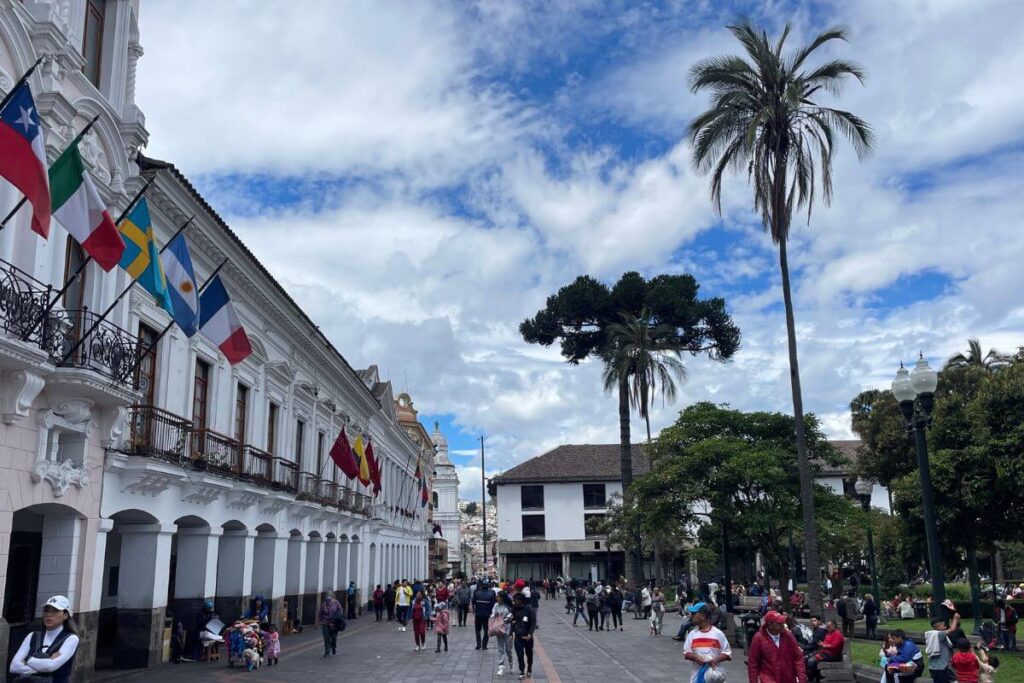
Where to stay in Cotopaxi
If you’re visiting Cotopaxi for the first time, I recommend the following accommodations:
- Secret Garden Cotopaxi (book via Secret Garden Quito): perfect for backpackers, couples, solo travellers and those wanting a once-in-a-lifetime trip in Cotopaxi.
- Tambopaxi Lodge: a remote lodge in the Cotopaxi National Park. Perfect for those who want to escape the real world, hunker-down in front of a fire and be surrounded by incredible landscapes.
- Cuscungo Cotopaxi Hostel & Lodge: perfect for all ages, another traditional and beautiful wood cabin in the middle of Cotopaxi.

Quito to Cotopaxi: FAQs
1) Is it worth going to Cotopaxi?
Yes! Cotopaxi is a beautiful national park in Ecuador and is well worth the visit. You can admire the views of the Cotopaxi active volcano, hike to just below the summit, feed alpacas, rest in the countryside and spend some time in the beautiful Ecuadorean Andes. It’s well worth the trip, even for a day!
Related post: Visiting the Amazon Rainforest in Ecuador | 10 Days in Ecuador
2) How to get from Quito airport to Cotopaxi?
You can get a taxi or private transfer from Quito Airport to Cotopaxi. If you would like to book a direct transfer, it will take around 2 hours. You can book a safe, convenient and comfortable transfer here!
3) How much is a taxi from Cotopaxi to Quito?
On average, a taxi from Cotopaxi to Quito (or vice versa) will cost around $50-70 USD. You will need to talk to the driver to agree on a price before confirming your trip.
Related post: Quito to Banos | Quito to Mindo | Quito to Cuyabeno
What to pack for Ecuador
Packing for Ecuador is similar to most Central/South American countries, although you need to pack some warmer clothes for locations like Quito.
Luckily for you, I’ve written an entire, lengthy blog post about what to pack for Ecuador; from daily clothes to gadgets and tech, the right kind of backpack and things you may have forgotten. You can check out my full Ecuador packing list here!
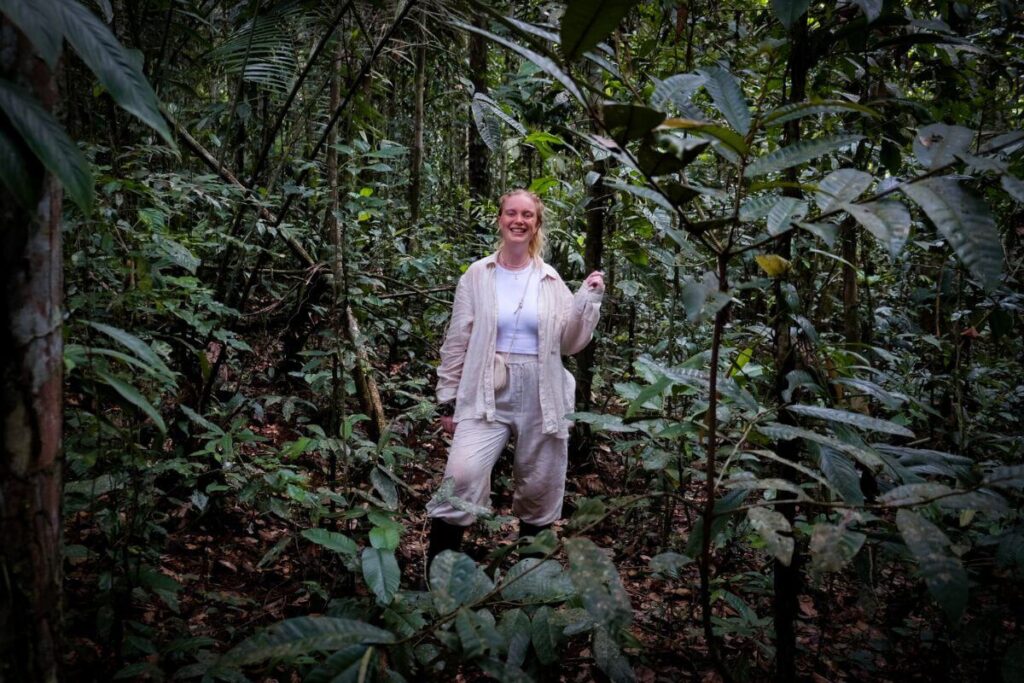
Don’t forget travel insurance for South America!
If you’re visiting South America as a backpacker, or even for a short vacation, it is so important to have travel insurance. And if you ended up on a post that’s called ‘epic party tips’, you know (just as well as I do) that you definitely need travel insurance.
Personally, I recommend SafetyWing. As a digital nomad and world traveller myself, I can confirm it is the best travel insurance out there. And one of the cheapest – they have deals that start at just $42 USD per month.
I know, I know, you’re thinking ‘but I can’t afford that!’. I was the same! It’s tough to fork out $42 a month on something ‘you might not need’. But what if something DOES happen? That extra Mezcal shot results in you falling down the stairs, or you eat something dodgy from a street food van.
If you need medical help at any point whilst in South America, you need travel insurance.
With SafetyWing, you’re covered on travel emergencies, basic medical costs and medical expenses throughout your trip, so you can travel without worry (at a backpacker’s price!)
Don’t even think twice about getting travel insurance for South America. Trust me, I have heard enough horror stories about backpackers who haven’t had insurance and have ended up in a lot of debt. Don’t be that person!
If you’ve been putting the job off because it takes a lot of time and effort to research the best travel insurance companies, I understand. That’s why I’ve done the hard work for you. Sign up for SafetyWing, and the job is done!

Quito to Cotopaxi: In a Nutshell
So, there you have it! Everything you need to know about travelling from Quito to Cotopaxi. When you’re planning a trip to Ecuador, make sure you let me know over on Instagram or in the comments below!
If you haven’t seen my blog before, I write posts aimed at real-life travellers wanting authentic and down-to-earth information. I’m currently travelling around the world with my boyfriend (read more here!), creating guides and itineraries for you to follow in our footsteps!
Keep an eye out for more Ecuador content, all written from a personal and realistic point of view. You can sign up for my newsletter and juicy travel updates here!
As always, thanks for reading and supporting the blog!
Happy travelling 🙂
Jennie x
🇪🇨 Other Ecuador posts:
- Amazon Tours Ecuador: BEST Cuyabeno Trip From Quito
- Ecuador Itinerary 3 Weeks: FULL Route + Guide
- Quito To Mindo: BEST And Easiest Routes
- What To Wear In The Amazon Rainforest (That Isn’t Ugly)
MEET THE AUTHOR!

Hi! I'm Jennie! As a part-time travel blogger based in London, I'm using my 10+ years of travel expertise to encourage & inspire you to step out of your comfort zone through sustainable, mindful and purposeful travel.
If I'm not writing, I'm either reading, drinking coffee or taking a wild swim (all at the same time if I'm feeling impressive).

